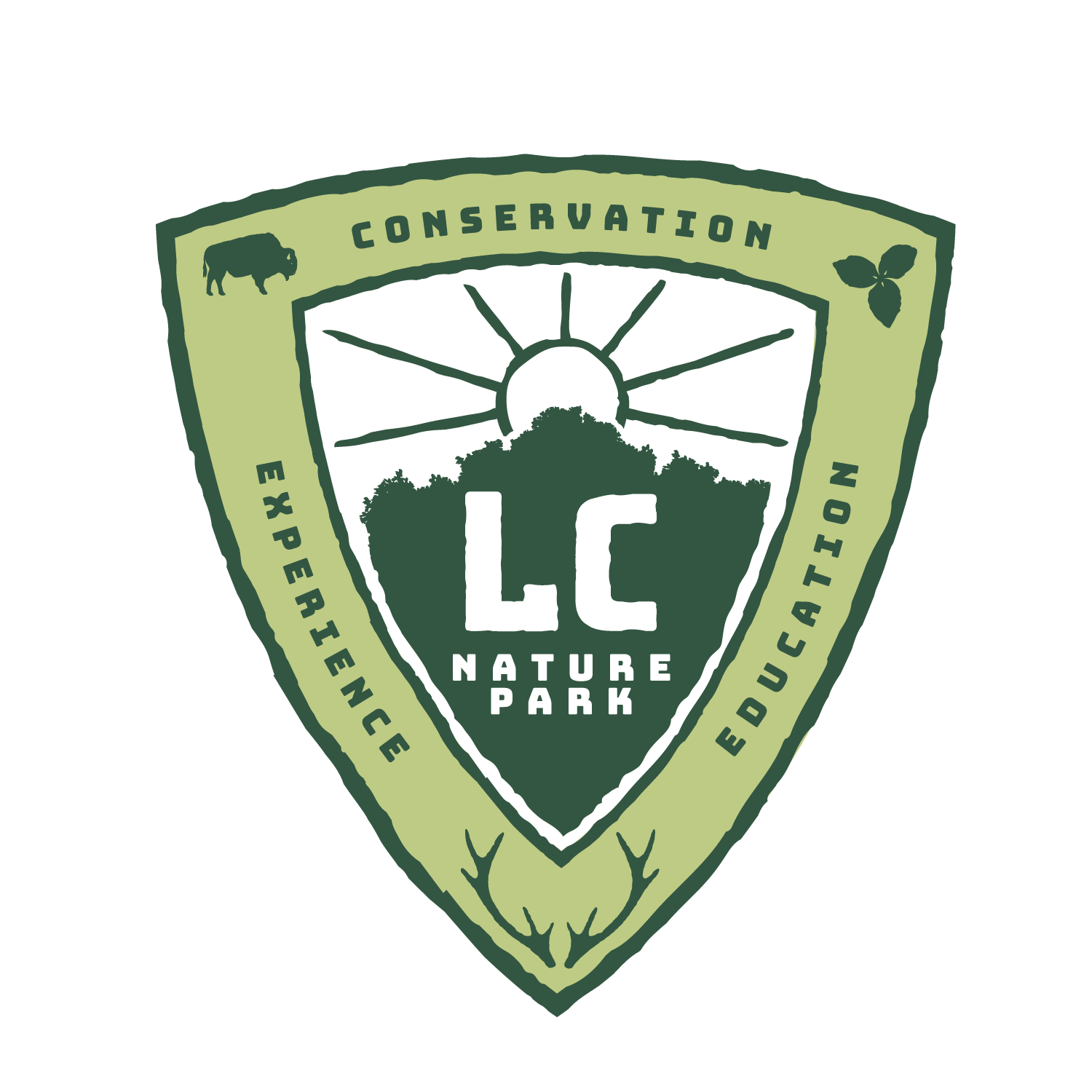Ecosystems
Overview
In this program, we will explore the three different ecosystems in the Park.
We will look at the characteristics that make each one unique.
Objectives
To understand what an ecosystem is, what it requires, and how it differs from other ecosystems.
To be able to appreciate how a healthy ecosystem relates to a healthy society.
Vocabulary
Biome
Ecosystem
Fauna
Flora
Grassland
Wetland
Woodland
Background
An ecosystem is a community of living organisms in a specific area. Ecosystems make up an individual biome, which is an area that has specific climatic conditions that influence what flora and fauna (plants and animals) can live there.
There are three types of ecosystem this program will discuss.
Grassland: is simply defined as an ecosystem dominated by grasses.
Wetland: is defined as an ecosystem with wetland hydrology, flora, and soils.
Woodland: is an ecosystem dominated by trees and can also be referred to as a woodland or forest.
Program Outline
Students will first spend time walking through the Education Center observing the displays.
Students will then make their way to the amphitheater for a brief introduction of the day’s activities and go over the rules for the Park and program.
We will then go for a hike to experience the different ecosystems (grassland, wetland, and woodland) in the Park to examine their differences and consider what we can do to make sure they are functioning healthfully.
We will then find a place where we can observe them and have a conversation about their specific characteristics and ways to keep them healthy.
Activity: We will sit and draw a picture or write a poem about something they observed that was particularly interesting or pretty. A journaling activity about observations and comparisons among ecosystems.
